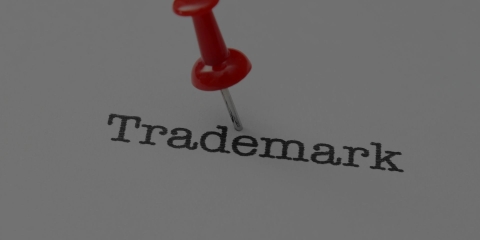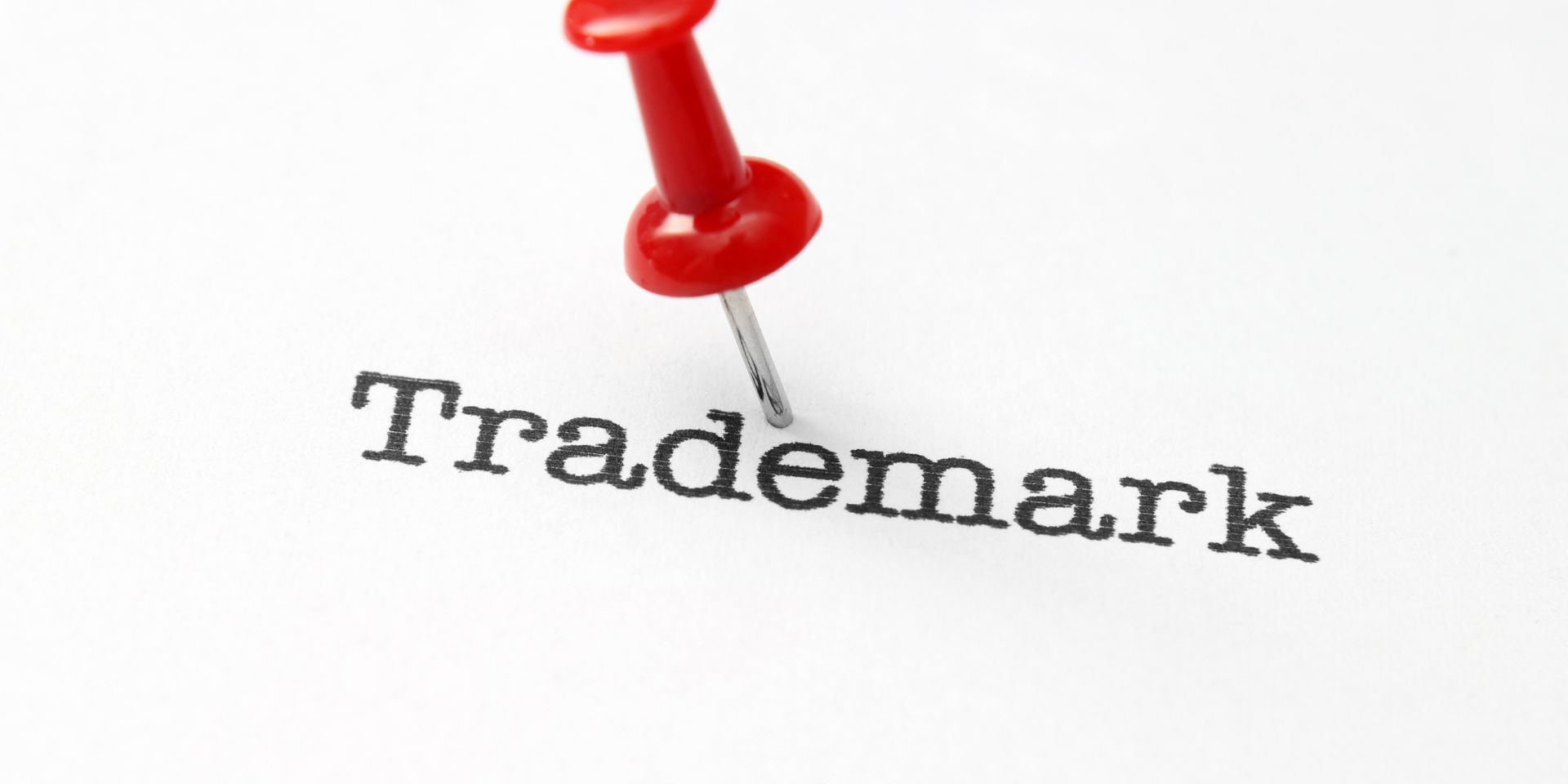Trademarking a logo – how to and is it worth it?
We’ll look at the logo trademarking process and whether it’s worthwhile.
Trademarking a logo – how to and is it worth it?
As mentioned on our branding services page, an expertly designed logo is bound to be key to the promotion of your business. Featuring your preferred brand font and colours, it should give a clear idea of what you’re all about. The value is clear, with 50% of consumers saying they’d be more likely to choose a brand with a recognisable logo.
You’ll likely have invested considerable time and/or money into the development of such a distinctive logo. So, you’ll want to protect it from the competition. But how do you go about trademarking your logo and is it worthwhile?
Understanding Trademarks
Before moving on to the process of trademark registration, let’s begin with a definition of the term. According to Gov.uk, a trademark will ensure the protection of your logo (or other branded element) under the law.
After registering such a trademark you’ll be entitled to:
- Take legal action against anyone who uses your brand without your permission, including counterfeiters
- Put the ® symbol next to your brand – to show that it’s yours and warn others against using it
- Sell and license your brand.
If your logo complies with the Trade Mark Act 1994 then you can register your trademark with the Intellectual Property Office (IPO). This will prevent you from trademarking a logo that’s a single or multi-word definition of the service you offer. It will also be necessary to check and ensure that your logo hasn’t been registered by another company.
If these requirements have been met then you may trademark the following brand elements:
- Words (e.g. Nike or Adidas)
- Designs (e.g. the golden arches of McDonalds)
- Colours (e.g. the red, white and blue of Pepsi)
- Moving digital images (e.g. the xBox animation)
It might be possible to trademark a logo that is simply a stylised mark of the company or product name. However, this may not be the case if you’ve used a tool such as Canva or Adobe Spark to create a logo that looks just like one used by a rival business.

Considering the need for a trademarked logo
Just because you can trademark a logo doesn’t mean that you should. After all, you’ll have to pay at least £170 and significantly more if you opt to use the services of a legal professional. Forms will also have to be filled out, with successful completion of the trademarking process typically taking 3-4 months. It’s worth considering the value of your logo and the potential risk of imitation within your industry.
If you don’t trademark your logo then you might have to rely on the common law of passing off. This will likely make it more of a challenge and an added cost to make the case that your logo has been copied. The loss of such a legal case could cause major damage to your business reputation and perhaps mean that you have to stop trading.
3 step process
With such risks in mind, you’re well advised to follow this logo trademarking process:
- Fill out the trademarking application form, including details such as the logo that you want to use, the personnel or company details of the intended trademark owner, and the goods or services on which your logo will be featured
- Send your application either online (via the gov.uk website) or post
- Wait for the IPO to confirm that your logo is sufficiently distinctive and the details are published in your online journal (in case anybody wants to lodge a challenge).
You will be informed of any issues by the IPO and they will have to be dealt with before the completion of your trademark registration. While such registration will entitle you to legal protection under UK law, separate applications will have to be made if you are to use your logo for international promotion.
Provided that your application is successful you’ll receive a trademarking certificate as proof. This will mean that you can feature the distinctive “R” symbol, to warn your competitors against imitation. You’ll be able to object to the trademarking of other logos if you see them as being overly similar to yours. There will also be the option of selling, marketing, licensing or mortgaging your trademarked logo. However, you should be aware that a trademark will run out after 10 years, when you’ll have to decide whether to apply for renewal.

Support from thefingerprint
We hope that this blog has helped to clear up any confusion and confirmed whether logo trademarking is the right choice. However, you’re very welcome to get in touch for further guidance.
We’ll be delighted to work with you, creating a suitably distinctive logo that features your brand colours and effectively conveys your desired business image. And we’ll be there to support you during the trademarking process, ensuring the legal protection of your brand.
If you found this helpful then you should also have a read of Why a Brand is Important and Why It’s Not Just a Logo, Colour – Why Making the Right Choice Matters, or thefingerprint wins Design Agency of the Year for a third year!





